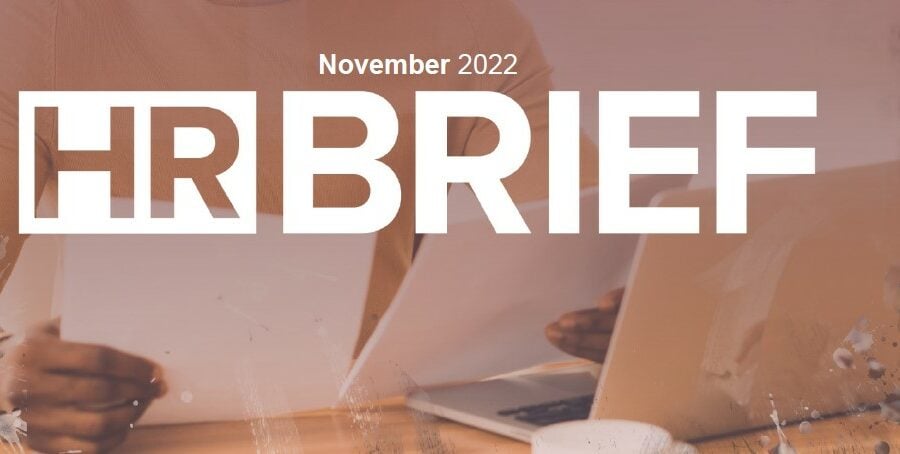
Understanding the “Quiet Quitting” Trend
“Quiet quitting” occurs when workers only do what their job description entails or only complete work directly assigned to them—without going above and beyond.
Common signs of an employee quiet quitting could include:
- Avoiding meetings that are not mandatory
- Not being as productive as they once were
- Contributing less to team projects
- Not participating in meetings
- Displaying a lack of enthusiasm
There are different reasons an employee may choose to quiet quit. For example, they may simply refuse to do work outside their job description because they feel they are not being compensated for it. Or, this behavior may be the result of a lack of engagement, decreased motivation or a high level of burnout.
What Employers Can Do
- Employers can consider steps to engage employees and prevent quiet quitting from happening in the first place. Consider the following ideas:
- Review job descriptions to ensure they accurately reflect the expectations of employees.
- Conduct consistent performance reviews to reward high-performing employees and correct behaviors of those who are underperforming.
- Provide learning and development opportunities to improve employee engagement and motivation.
- Focus on effective management strategies to reduce the risk of burnout.
Employers should be aware of this trend and know that it will impact every workplace differently.
5 Tips for Effective 2023 Open Enrollment Communication
Now more than ever, employees are looking to their employers for guidance on navigating their available benefits. Employees are likely paying more attention this year as they navigate record-high inflation and work to maximize every hard-earned dollar.
During the 2023 open enrollment season, employers should be poised to provide their employees with resources and tools they can use to better understand and act with more confidence when making benefits decisions.
Consider these five tips to enhance communication about benefits:
- Start early.
Get the word out early about benefits offerings so employees have ample time to understand their benefits, consult with family members and determine their needs for the following year.
- Develop key messaging.
Key messaging may include a focus on new or updated benefits offerings and FAQs to address common concerns quickly.
- Keep it simple.
Employees don’t need to know everything, so employers should highlight necessary information about the benefit to help them decide if they need it. Links or attachments could explore the benefits further and offer the fine print.
- Avoid jargon.
Avoiding HR or benefits-related jargon is best to help make benefits easier to understand. Many benefits are acronyms, so employers should help decode and explain what these mean.
- Personalize communication. A personalized approach will depend on the workforce and their working environments. For example, open enrollment methods and communication could look different for remote, on-site and nonwired employees.
© 2022 Zywave, Inc. All rights reserved.
Further Reading

10 Business Continuity Risks You Shouldn’t Forget
Identifying risks and preparing for them could be the difference between the survival and death of your organization. Here’s 10 to get you started.

Abuse Prevention: a Risk Management Perspective
It is impossible to prevent 100% of losses, but there are steps you can take to minimize your risk and help avoid claims and losses from occurring....
